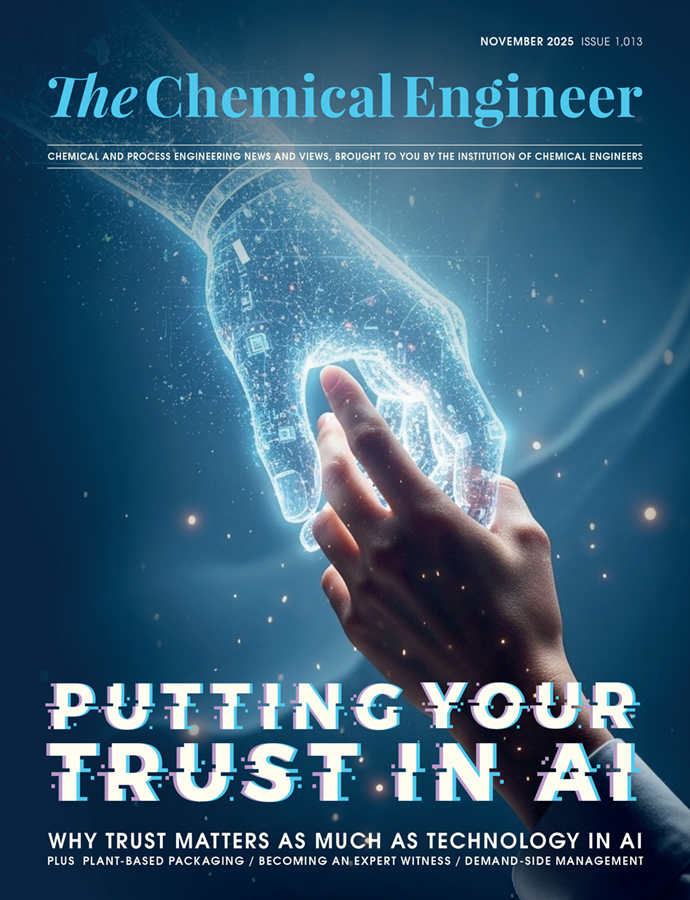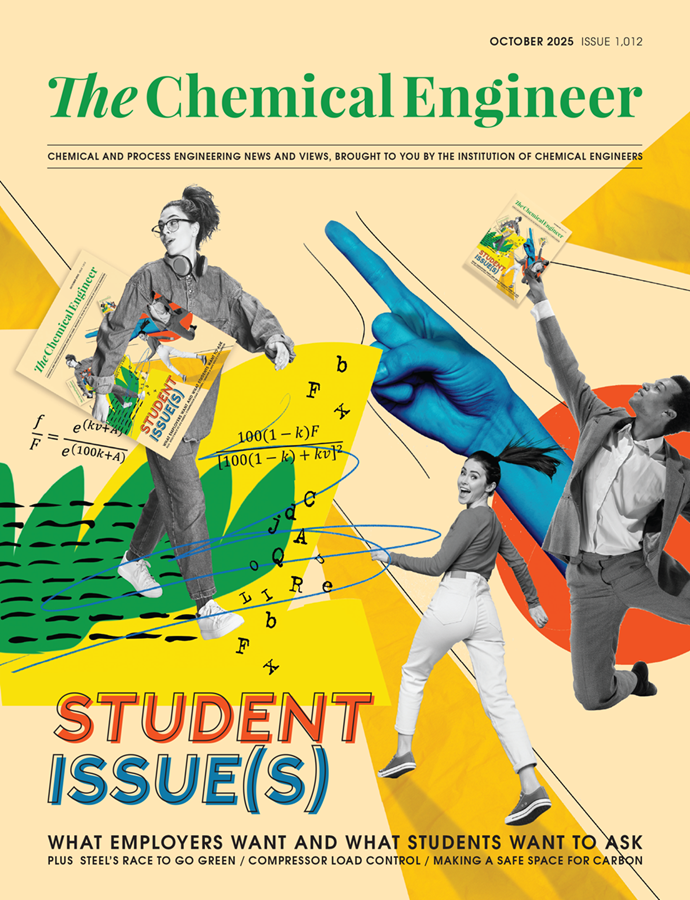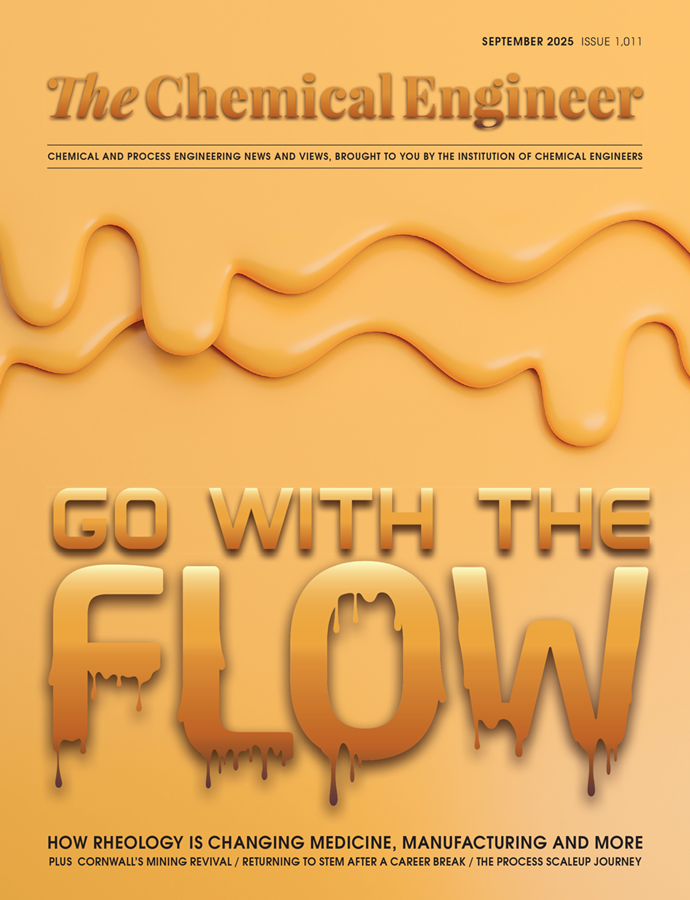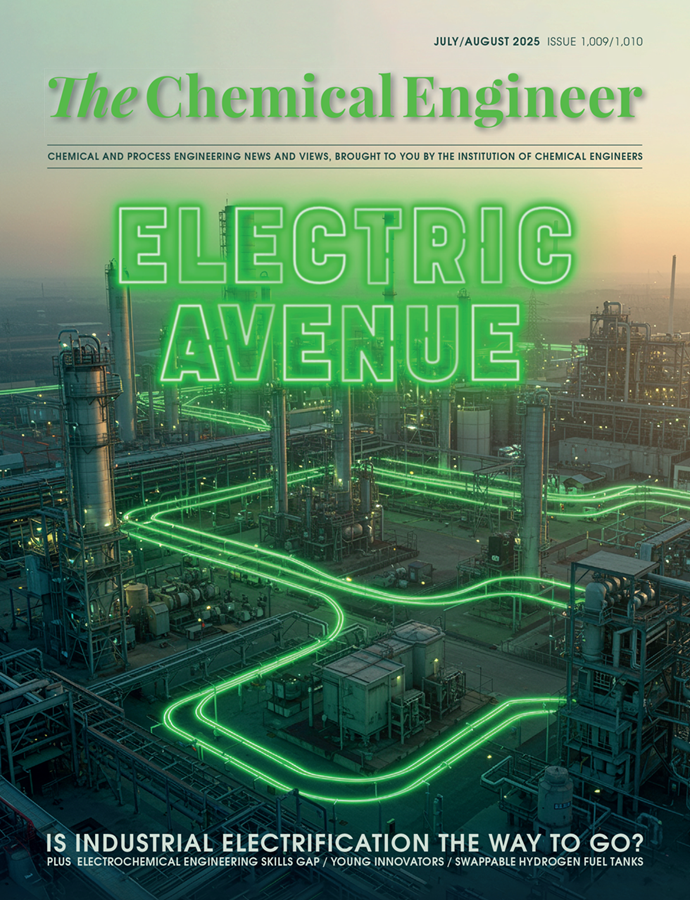Beyond the Beakers

Mohammed Ehab Al-Hajj shares how six practical habits turned lab work and short placements into repeatable impact – through sharp observation, small changes, and clear write-ups
OVER the past two years I have moved between three worlds: a Good Manufacturing Practice (GMP) pharmaceutical line at GEN Ilac in Ankara, a mineral-processing site at Eti Maden’s Kırka boron operation, and a nanomedicine lab at my university. Those roles, alongside student-society leadership and technical skills taught me the same lesson in different languages: small, well-documented wins travel farther than big, vague plans. Here are the habits that worked for me across plant, lab and campus – and that you can adapt to your own setting.
1. Learning to see the work
During my first week on a GMP line as a long-term chemical engineering intern at GEN Ilac, a senior operator said: “Shadow us. Don’t fix – watch.” I kept a pocket notebook and logged the small snags: a duplicated entry, a step interpreted differently by two technicians, a file path prone to typos. Nothing dramatic but each one cost minutes, and minutes compound on a 24/7 plant.

I stopped trying to impress with answers and ran the loop in Figure 1: observe the work, test one small change on a single shift, document the exact steps and file path, then hand it over so the next team can adopt it without a meeting. Working that way made me fluent in logins, handovers and the choreography between production, quality control (QC) and maintenance – and it made improvements stick in my team.
2. Research with a startup pulse
Back in the nanomedicine lab as an undergraduate research assistant, I borrowed a startup rule: every experiment must change a decision. Before we touched a pipette we wrote one sentence: “This test will change the decision to go/stop/redirect if it shows [threshold].” That single line kept us honest and kept experiments small.

A quick fluorescence readout – a control beside a region of interest (ROI) – was often enough. When the ROI showed a clear, repeatable gap above the control, we advanced. When it didn’t, we redirected time and reagents. Figure 2 shows the smallest useful readout we used for those go/no-go calls. Short cycles beat perfect plans; we saved polishing for ideas that earned it.
3. Coding as a second toolkit
Transport phenomena and reaction engineering are non-negotiable. Pairing them with a little Python or MATLAB turned those fundamentals into tools teammates could use. Small scripts cleaned sensor logs, replotted trends in seconds and protected basics like mass-balance closures. Automation didn’t replace judgement; it amplified it. When plots update instantly, the conversation jumps from formatting to process – the debate you want to have.

In our unit operations lab, I put together a quick MATLAB script for a methanol–water packed-column distillation. Figure 3 shows the output: the equilibrium curve and rectifying operating line generated from the chosen reflux ratio R and relative volatility α. Behind the plot, the script uses the height/number of transfer units (HTU/NTU) – rather than McCabe-Thiele tray steps – to estimate packing height and flag when conditions approach a pinch point. What took 40 minutes by hand became a 30-second, error-free discussion the whole team could follow.
Back in the nanomedicine lab as an undergraduate research assistant, I borrowed a startup rule: every experiment must change a decision
4. Leadership that travels well
During my placement year I also led student organisations, first as a chair and later as a general secretary for cross-faculty groups. Those roles were my first “production environment” for people: aligning calendars and small budgets, securing rooms and approvals and turning broad aims into named owners and dates.
After every meeting I sent a five-line action note – what we agreed, who owns it, when it’s due, the first step and how we’ll know it’s done. Back on the mineral-processing site at Eti Maden, the same habit prevented crossed wires between work facilities. Plants are full of smart, busy people; clear actions keep work moving. That discipline of organising and closing loops has travelled well into internship teams and cross-functional plant tasks.
5. Working in weekly sprints (coursework + lab + life)
I used to rely on heroic last-minute pushes; it worked until it didn’t. After one week juggling a design report and lab prep, I switched to seven-day sprints. On Monday I run a 20-minute planning huddle with myself – the rule of three: one deliverable for coursework, one for lab/research, one for admin/life. I write the first step for each and block it on the calendar.
On Friday I do a ten-minute retrospective – start, stop, continue – and carry over only what still matters. Stress dropped, deadlines stopped slipping and the work was better because there was time for a quiet second pass. It’s the student version of the direction-setting boards I later saw on the line.
6. Tell the story so others can use it (portfolio habit)
During my process design module at Ankara University, I found that good work often gets buried in shared drives. To counter that, I started keeping a one-page “Project Highlight” for each piece of work: the problem, the approach, one clean image, and a measurable result. Sharing that page brought sharper feedback – and occasionally opened a new door, connecting me with someone in another unit who could reuse the work.

Figure 4 shows a project highlight for producing phthalic anhydride from o-Xylene. The left column sets out the problem and approach, while the right column gives a process snapshot with results and impact, including the hazard and operability (HAZOP) safety review, cost-efficiency techniques and the software used (CHEMCAD, MATLAB, POLYMATH). Thus, readers can scan what, why and how in under 30 seconds and decide whether they want the detail.
Watch the job, change one thing, write it so a stranger can repeat it tomorrow, then hand it over. Run that loop every week and the compound interest shows up as safer plants, cleaner data and teammates who trust handovers
Conclusion
Across the GMP line, the mineral circuit and the university bench, the pattern was the same: small, repeatable wins compound! For example, at Eti Maden’s sampling lab, a 20-line Python script replaced a 15-minute manual export with a two-minute automated task – while also adding target bands. A small fix, but one that sticks and saves time every shift.
Use the same quality test everywhere: will the work survive you? Watch the job, change one thing, write it so a stranger can repeat it tomorrow, then hand it over. Run that loop every week and the compound interest shows up as safer plants, cleaner data and teammates who trust handovers under your name – that’s how classroom theory becomes impact.
Recent Editions
Catch up on the latest news, views and jobs from The Chemical Engineer. Below are the four latest issues. View a wider selection of the archive from within the Magazine section of this site.




